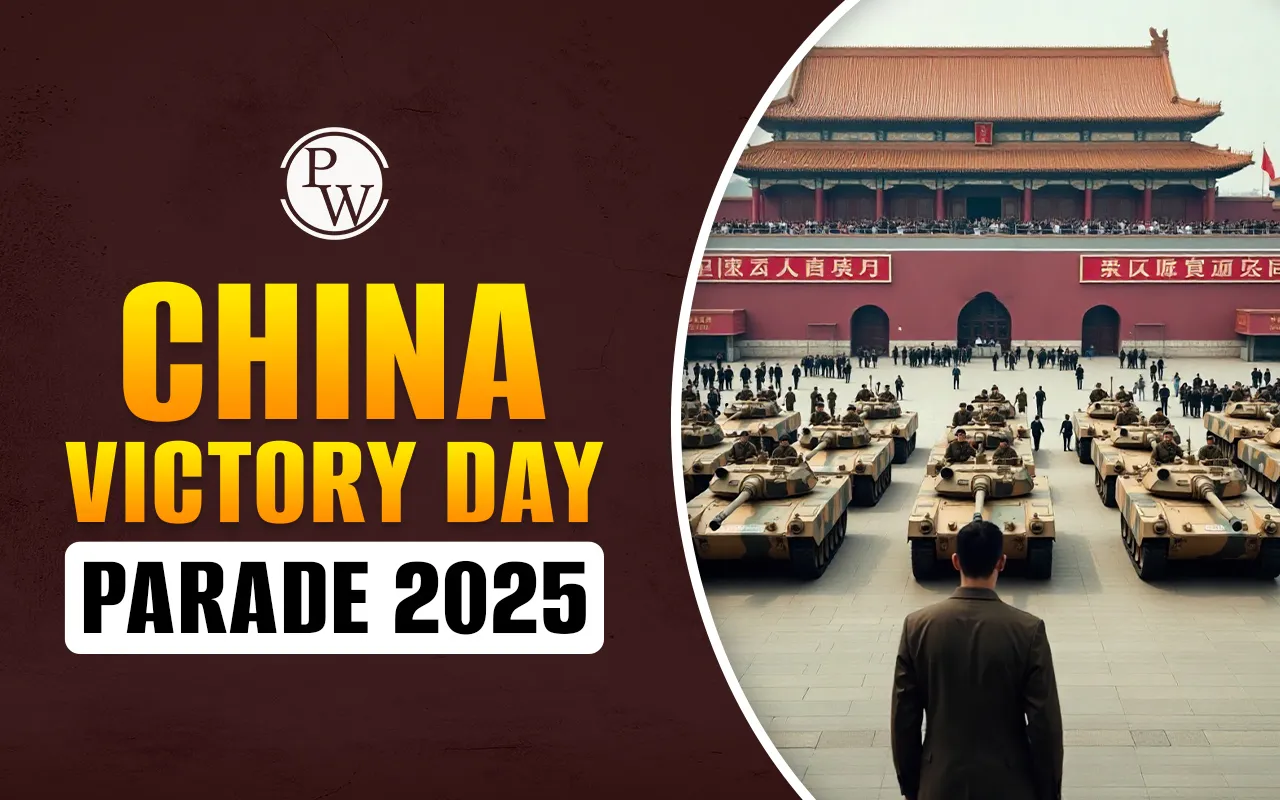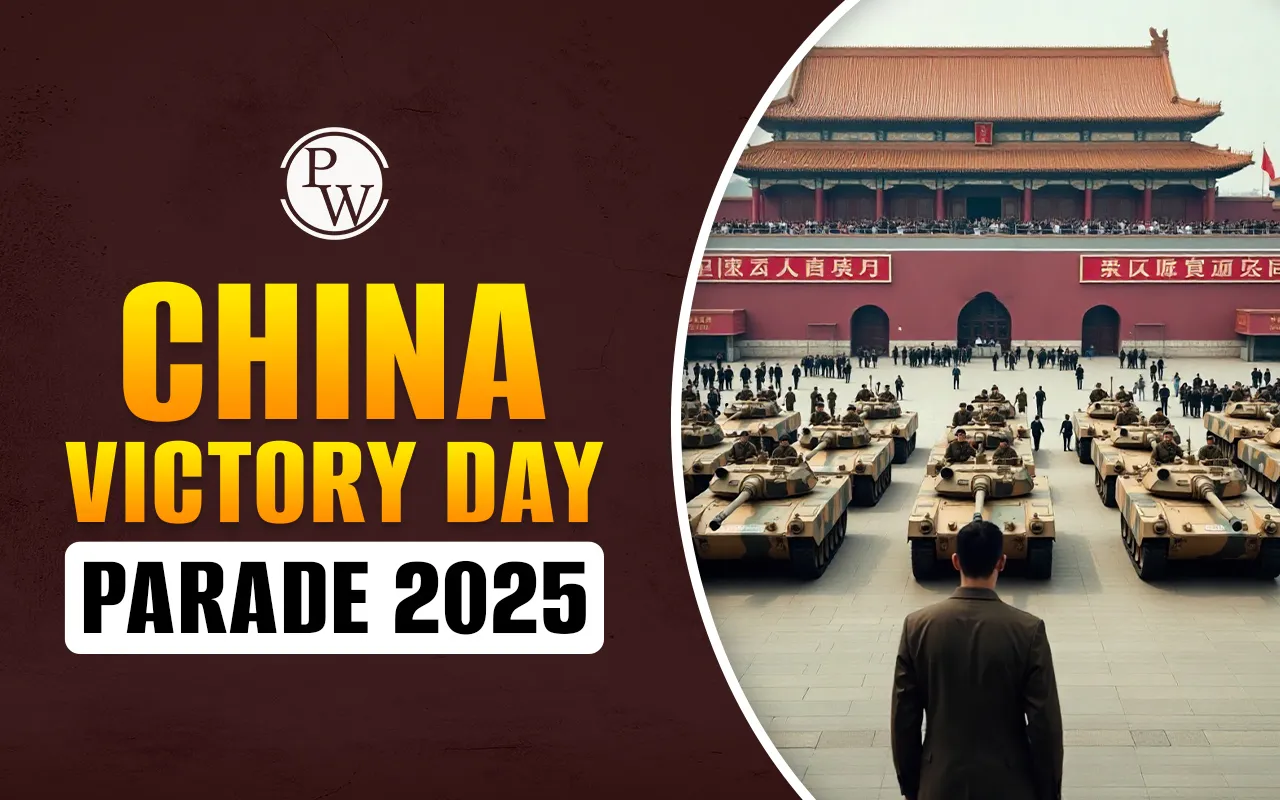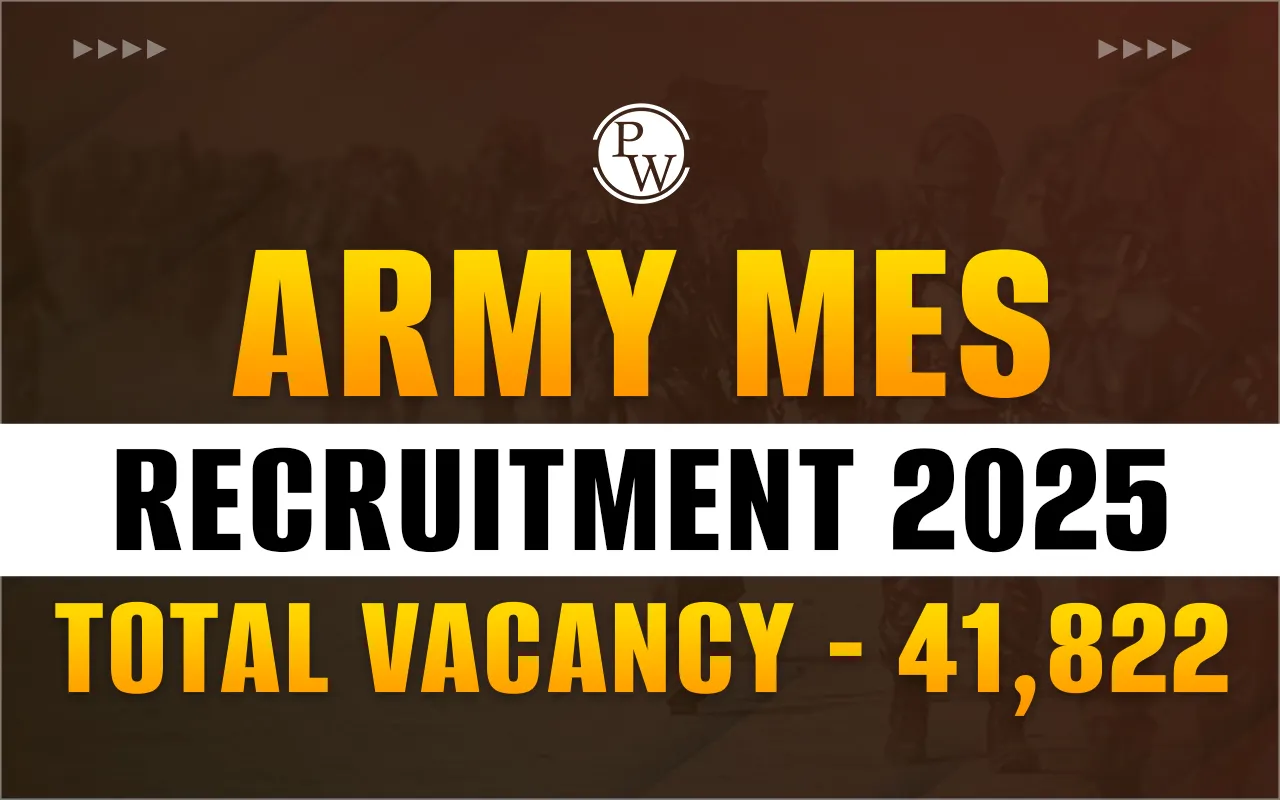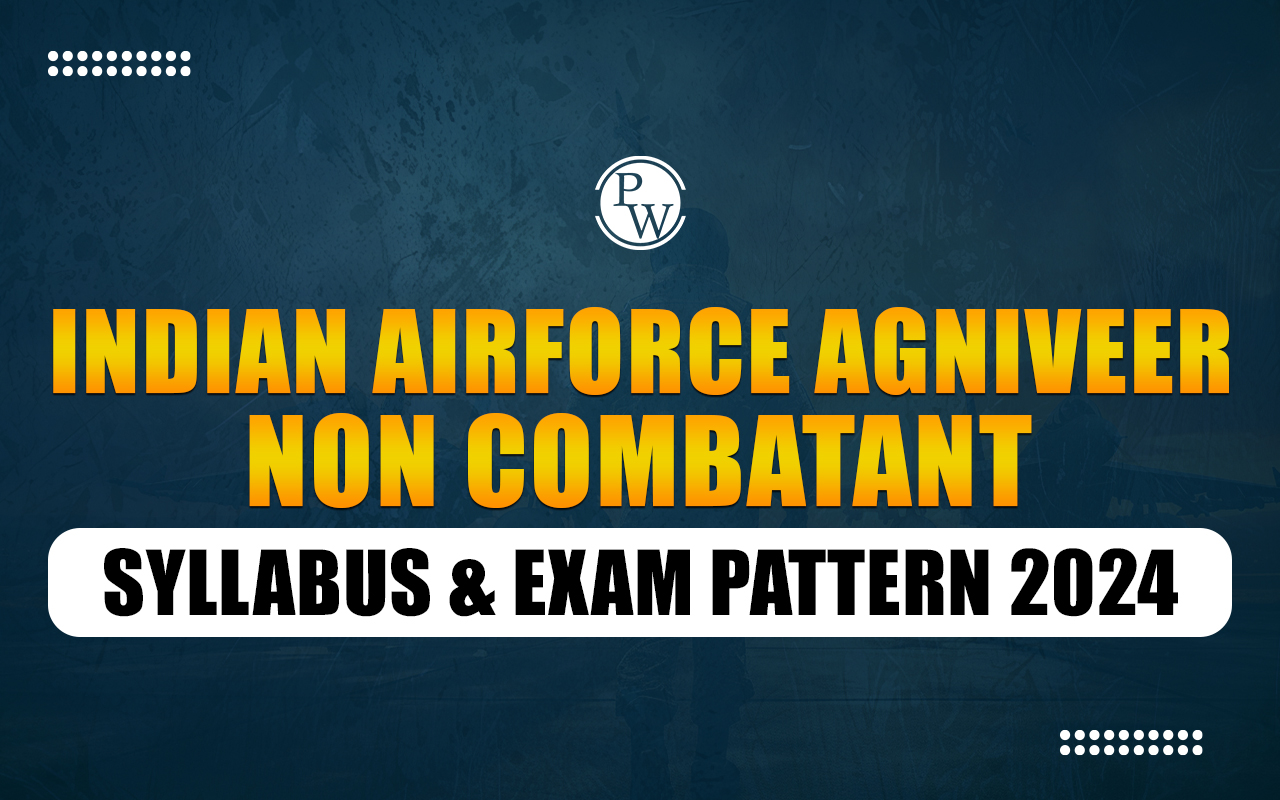

China Victory Day Parade 2025 was held in Beijing on September 3, marking 80 years since the end of the war between China and Japan during World War II.
Over 12,000 Chinese soldiers participated in the parade, which President Xi Jinping reviewed. Premier Li Qiang hosted the event, while Lieutenant-General Han Shengyan led the parade. The event highlighted China's military advancements and showcased its growing influence in global affairs, demonstrating both strength and modern defense capabilities.
The China Victory Day Parade 2025 celebrated 80 years since World War II ended. It took place in Beijing and showed how strong China’s military has become and how important it is in world affairs. The parade caught the attention of many countries by displaying China’s latest defense technology and updated army. It was a big event that mixed military strength with a message about China’s growing role and goals in the world.
China 2025 Victory Day Parade Highlights
The China 2025 Victory Day Parade revolved around showcasing the modernization of the People’s Liberation Army (PLA). Thousands of troops marched across Tiananmen Square, accompanied by cutting-edge military equipment and patriotic displays. The event also included cultural performances to commemorate historical sacrifices.
Key highlights included:
-
Marching contingents from the PLA Army, Navy, and Air Force.
-
A display of newly developed drones and hypersonic missiles.
-
Themed segments honouring China’s role in World War II.
-
Flypast of advanced fighter jets and bombers.
-
Strong emphasis on unity and modernization of national defence.
| China 2025 Victory Day Parade 2025 | ||
|
Column Type |
Order/Group |
Units/Equipment Details |
|
Marchpast |
1. PLA Tri-service Guard of Honor Battalion |
|
|
2. Ground Force battalion |
Units related to Eight Route Army and New Fourth Army |
|
|
3. Navy battalion |
||
|
4. Air Force battalion |
||
|
5. Rocket Force battalion |
||
|
6. Aerospace Force battalion |
||
|
7. Cyberspace Force battalion |
||
|
8. Information Support Force battalion |
||
|
9. Joint Logistics Support Force battalion |
||
|
10. People's Armed Police battalion |
Provided by Armed Police Beijing Corps |
|
|
11. Reserve Force reservist battalion |
||
|
12. Militia battalion |
Provided by Women's Militia |
|
|
13. China UN Peacekeepers battalion |
Provided by 81st Group Army PLAGF |
|
|
Mobile column |
1. Banner formation |
|
|
2. Ground assault formation |
Type-99B main battle tanks, Type 100 medium tanks, Type 100 support vehicles |
|
|
3. Amphibious assault formation |
ZTL-11 wheeled assault guns, ZBL-09 infantry fighting vehicles, ZLL-09 self-propelled howitzers |
|
|
4. Airborne assault formation |
||
|
5. Long-range artillery formation |
PHL-16 multiple rocket launchers |
|
|
6. Naval air defense formation |
HHQ-9C naval air defense missiles, HQ-16C medium-range missiles, HQ-10A short-range missiles, LY-1 laser air defense system |
|
|
7. Anti-ship missile formation |
YJ-15 supersonic, YJ-19 hypersonic anti-ship cruise missiles, YJ-17 and YJ-20 hypersonic anti-ship ballistic missiles |
|
|
8. Underwater weapon formation |
||
|
9. Early-warning detection formation |
Type 4 high-mobility radar system |
|
|
10. Anti-aircraft missile formation |
HQ-11 combined missile-and-gun system, HQ-9C long-range missile, HQ-20 medium-range missile, HQ-22A missile system, HQ-19 and HQ-29 anti-ballistic/anti-satellite missiles |
|
|
11. Anti-drone formation |
||
|
12. Cyberspace combat formation |
Type 4 cyberwarfare system |
|
|
13. Electronic countermeasure formation |
Type 5 electronic countermeasure system |
|
|
14. Information support formation |
||
|
15. Unmanned land combat formation |
||
|
16. Unmanned maritime combat formation |
||
|
17. Unmanned aerial combat formation |
Hongdu GJ-11 UCAV, CH-7 stealth UCAV |
|
|
18. Logistics support formation |
||
|
19. Equipment support formation |
||
|
20. Cruise missile formation |
CJ-20A air-launched cruise missile, YJ-18C anti-ship cruise missile, CJ-1000 hypersonic cruise missile |
|
|
21. Hypersonic missile formation |
YJ-21 hypersonic anti-ship ballistic missile, DF-17 hypersonic glide vehicle MRBM, DF-26D intermediate-range ballistic missile |
|
|
22. 1st Nuclear missile formation |
JL-1 air-launched ballistic missile, JL-3 submarine-launched ICBM, DF-61 ICBM, DF-31BJ ICBM |
|
|
Flypast |
1. Flag-guard group |
Z-20 medium-lift utility helicopters (flags of CCP, China, PLA), Z-10 attack helicopter escorts, Z-19 light attack helicopters ("80" formation), Z-8L heavy transport helicopters (banners: "Justice shall prevail", "Peace shall prevail", "People shall prevail"), Z-20T heavy attack helicopter escorts |
|
2. Airborne Early Warning and Control (AEWC) group |
KJ-500A AEW&C aircraft, KJ-600 carrier-based AEW&C aircraft, J-16 and J-15T escorts |
|
|
3. Special missions group |
Y-9Q anti-submarine/maritime patrol, Y-9DZ electronic intelligence, Y-9LG electronic-warfare aircraft, J-16 escorts |
|
|
4. Transport group |
Y-20A and Y-20B strategic airlifters |
|
|
5. Bomber group |
H-6N nuclear bombers, H-6J maritime-strike bombers, H-6K conventional bombers |
|
|
6. Refueller group |
YY-20A aerial tanker, H-6N, J-16, and J-20 recipient aircraft |
|
|
7. Fighter group |
J-16D multirole strike fighters, J-20, J-20A, J-20S stealth air-superiority fighters, J-35A stealth multirole strike fighters |
|
|
8. Carrier-based group |
J-15DH electronic-warfare, J-15DT CATOBAR electronic-warfare, J-15T CATOBAR multirole fighters, J-35 CATOBAR multirole fighters |
|
|
9. Trainer group |
JL-10 advanced jet trainers, J-10S jet trainers |
|
|
10. August 1st Aerobatics Team |
J-10CY aerobatics aircraft |
|
China Victory Day Global Leaders Attendance
Numerous presidents, defence officials, and representatives were in attendance, highlighting Beijing’s expanding international influence. In the biggest military parade ever held in the country, President Xi Jinping greeted world leaders like Russian President Vladimir Putin and North Korean leader Kim Jong Un.
The event showcased China’s military strength and its plans. Kim Jong Un’s teenage daughter, Kim Ju Ae, who may take over one day, also came to China for the parade, making her first known trip abroad. The involvement of foreign delegations underscored the parade’s geopolitical importance.
This engagement reinforced China’s portrayal as a responsible global power dedicated to collective security, while simultaneously conveying a strategic signal to competing countries.
China Military Parade 2025 Weapons Showcase
One of the most awaited aspects of the China Military Parade 2025 weapons showcase was the unveiling of advanced PLA technology. This year’s parade demonstrated how China is strengthening its deterrence capabilities.
China showed for the first time that it has nuclear missiles ready to launch from land, sea, and air all at once. This complete set of weapons is called a “triad.” The missiles include the Jinglei-1, which is launched from the air and can travel long distances; the Julang-3, which is launched from submarines and can reach other continents; and the Dongfeng-31 and Dongfeng-61, which are launched from land and can also travel intercontinental distances.
China also displayed the Yingji-17, Yingji-19, and Yingji-20, which are very fast missiles designed to attack ships, and China has tested them against models of US aircraft carriers.
Weapons on display:
-
Hypersonic glide vehicles capable of long-range precision strikes.
-
New-generation stealth fighter aircraft.
-
PLA advanced weapons 2025, including upgraded air defence systems.
-
Long-range intercontinental ballistic missiles (ICBMs).
-
Unmanned aerial vehicles (UAVs) showcasing China’s military drones and missiles 2025 capabilities.
Xi Jinping Speech at Victory Day Parade
President Xi Jinping’s speech at the Victory Day parade was a key moment that many people watched closely. He talked about the importance of peace and strengthening the country. He said China is determined to protect its independence and will not allow other countries to interfere.
Xi Jinping also said that modernizing the military by 2025 is very important to keep China strong in the world. He honoured the veterans of World War II and said that the 80th anniversary parade reminds everyone to stay united and strong.
China Military Modernization 2025
The China Military Modernization 2025 theme was evident throughout the parade. The PLA is rapidly advancing its capabilities with a focus on cyber warfare, artificial intelligence, space defence, and nuclear deterrence.
Key areas of modernization:
-
Expansion of nuclear capabilities highlighted in the China Nuclear Capabilities Parade 2025.
-
Development of naval assets for South China Sea security.
-
Integration of high-tech surveillance systems.
-
Increasing investment in unmanned combat systems.
Geopolitical Significance of the Parade
The China parade's geopolitical significance goes beyond military display. It is an assertion of power amid rising tensions in the Asia-Pacific. By highlighting advanced weaponry and strategic alliances, China demonstrated its ability to deter threats and shape the global order.
The parade also reinforced the message that the PLA is ready to safeguard national interests, from maritime borders to strategic competition with major powers.
China Victory Day Parade 2025
What was the main highlight of the China Victory Day Parade 2025?
What weapons were unveiled in the China military parade 2025 weapons showcase?
What was Xi Jinping’s message in the Victory Day parade speech?
Did global leaders attend the China Victory Day Parade 2025?
Why is the China Victory Day Parade 2025 geopolitically significant?













